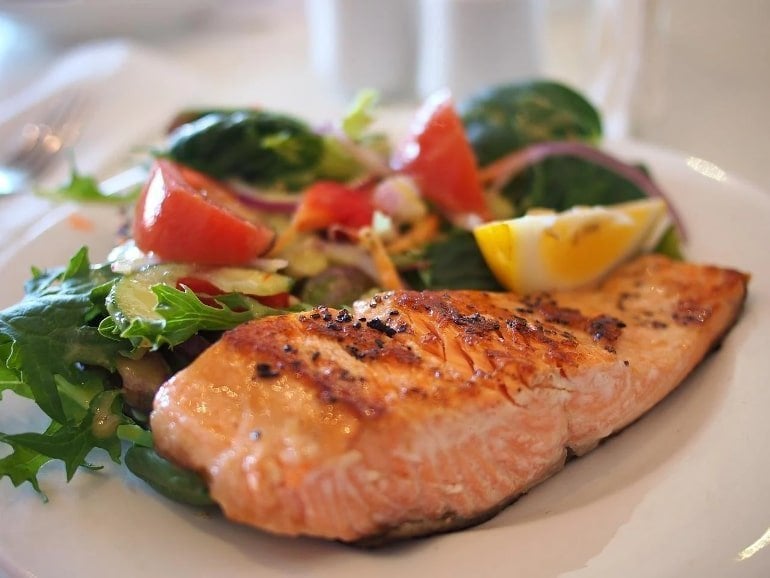
Ingesting higher levels of proteins is often associated with healthier outcomes, but the link between protein intake and diet quality is poorly understood, according to researchers.
“The impact of self-selected dietary protein on diet quality has not been examined before, to our knowledge, like this,” said Anna Ogilvie, co-author of the study and a doctoral student in the Department of Nutritional Sciences at Rutgers SEBS.“Exploring the connection between protein intake and diet quality is important because diet quality is often suboptimal in the U.S., and higher-protein weight loss diets are popular.”.The analysis of food records and diet quality for this study was funded by the Institute for the Advancement of Food and Nutrition Sciences in Washington, D.C.
They were encouraged to allot 18 percent of their caloric intake to lean protein, such as poultry, unprocessed red meat, fish, legumes and dairy, and to expend the balance of their calories on fruits, vegetables and whole grains.
Participants kept detailed food records, which researchers analyzed for diet quality, specific categories of foods consumed and ratios and specific sources of protein.The participants who self-selected their protein intake were then characterized by researchers into a lower-protein approach with 18 percent of overall calories coming from protein or a higher-protein approach with 20 percent of the overall food intake coming from protein